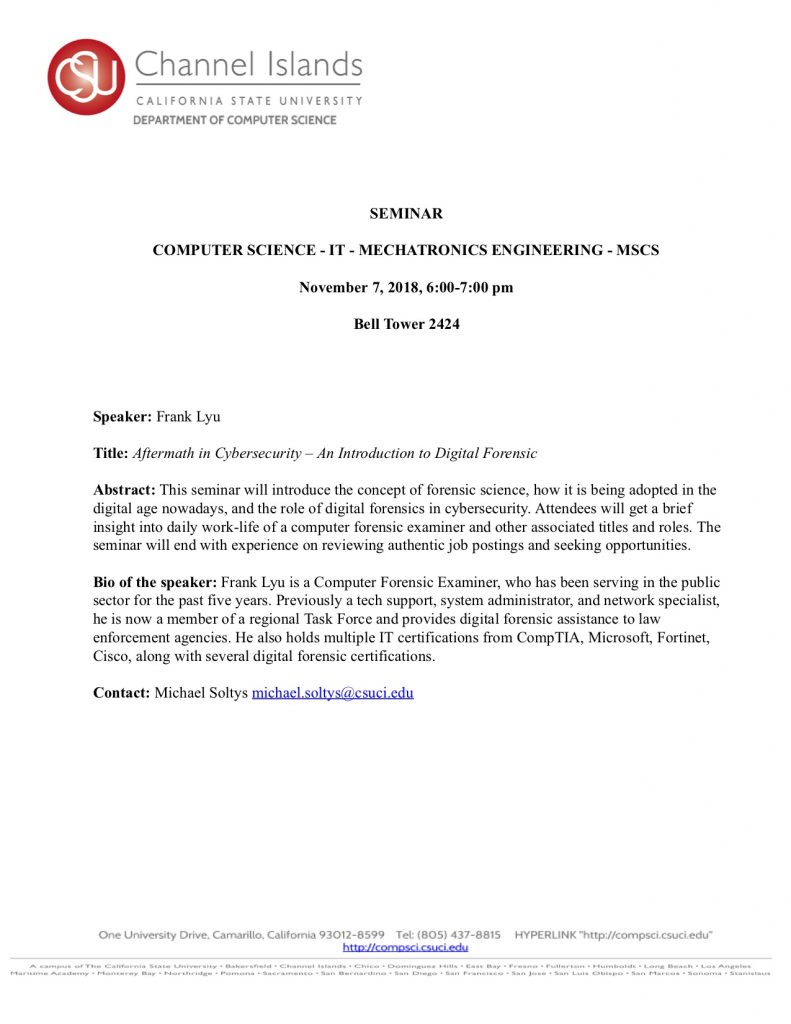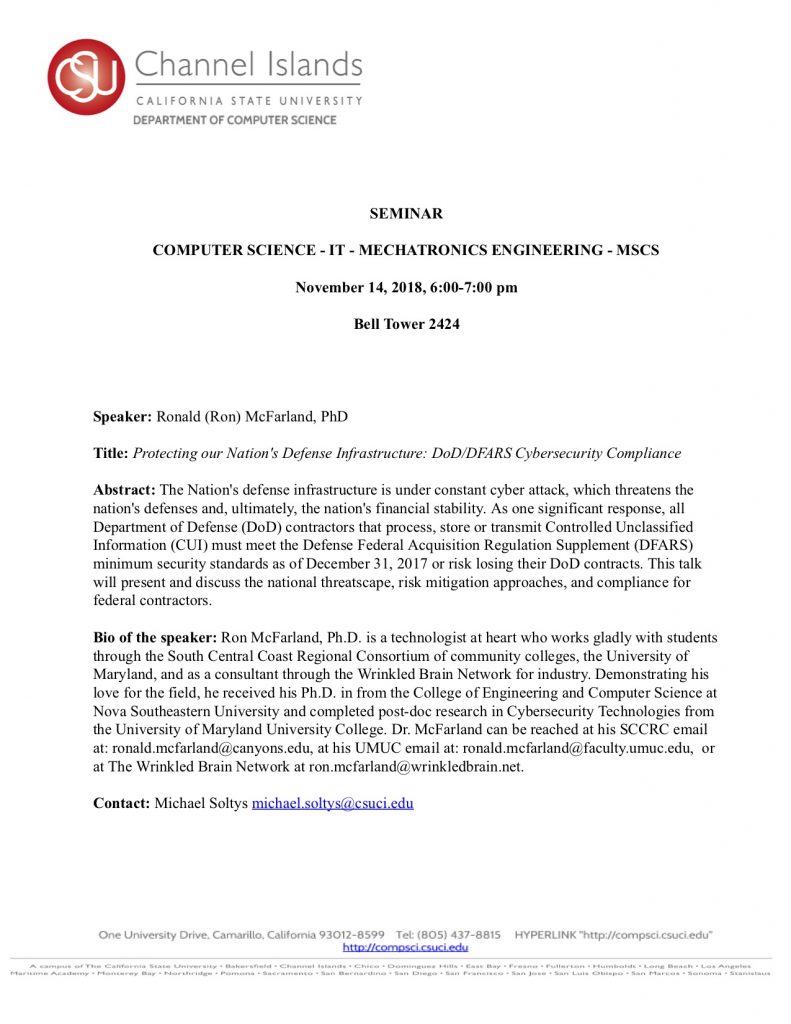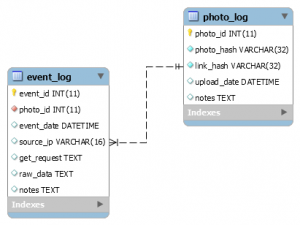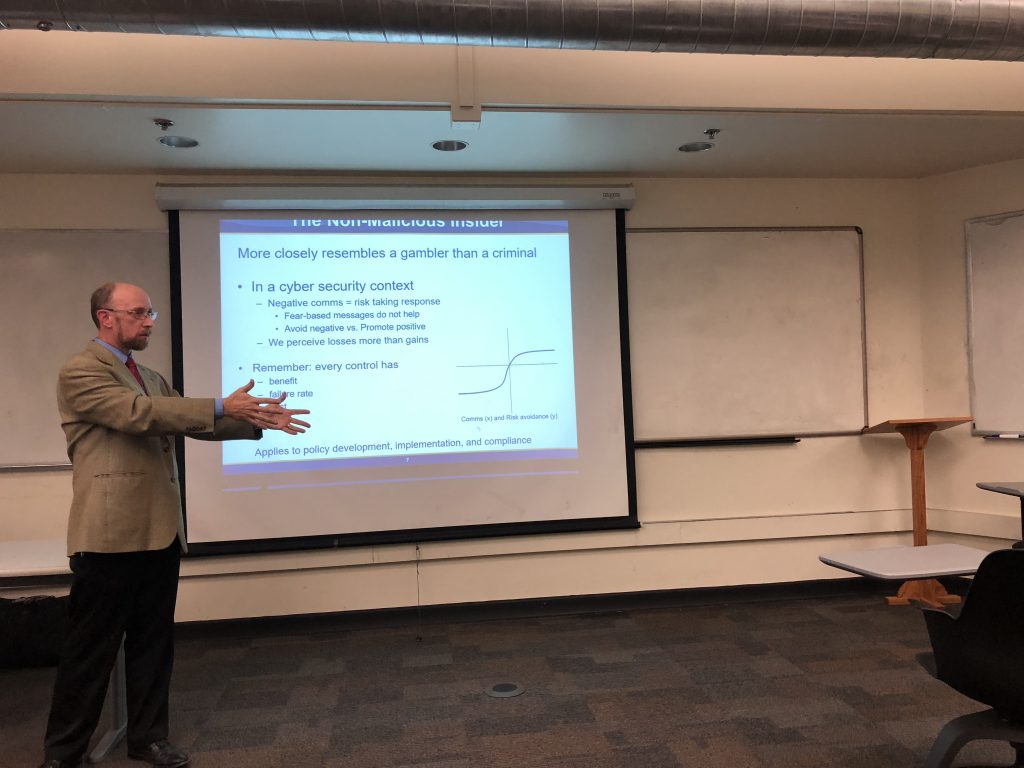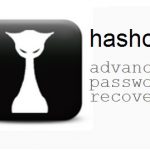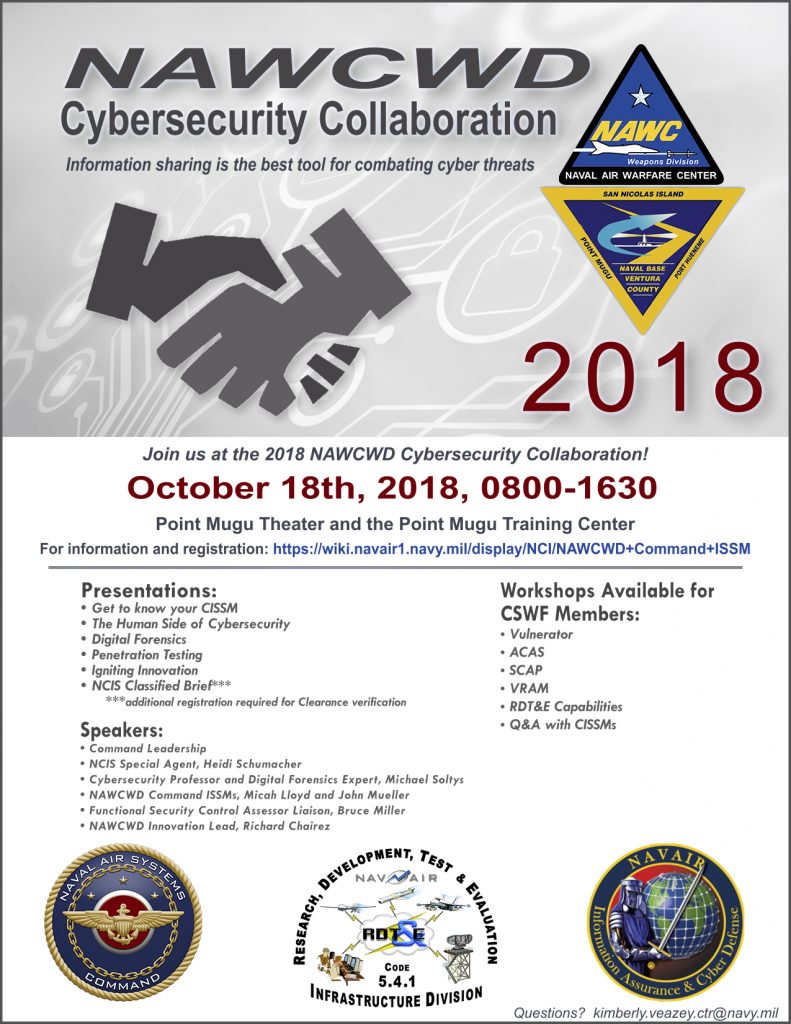This new paper was just posted as a technical report at Cornell’s arXiv (https://arxiv.org/abs/2003.12905), but it will be submitted for publication in the future. PDF of the paper.
From the abstract: This paper re-examines the content of a standard advanced course in Cybersecurity from the perspective of Cloud Computing. More precisely, we review the core concepts of Cybersecurity, as presented in a senior undergraduate or graduate class, in light of the Amazon Web Services (AWS) cloud.
This paper has three goals: (i) to aid faculty in cloudifying a Cybersecurity offering; (ii) to re-examine Cybersecurity in light of the new paradigm of Cloud Computing; and, (iii) as a guide for preparing for the AWS Security Specialty certification. The paper presents an outline of Cybersecurity, with topics examined in the context of AWS, and with a long bibliography for a more in-depth study of each topic.
It should be mentioned that this paper is a second paper in a sequence on cloudification with AWS; the first one, Cloudifying the Curriculum with AWS, can be found here: https://arxiv.org/abs/2002.04020, and it was mentioned in this blog post. I mention the AWS security speciality certification exam in this post.

